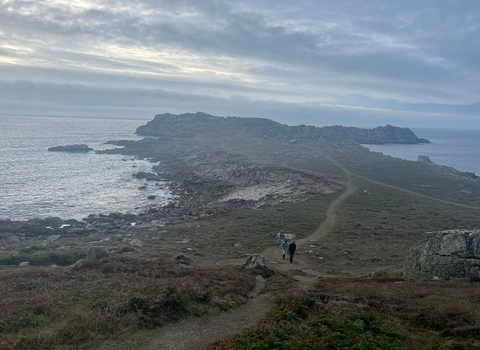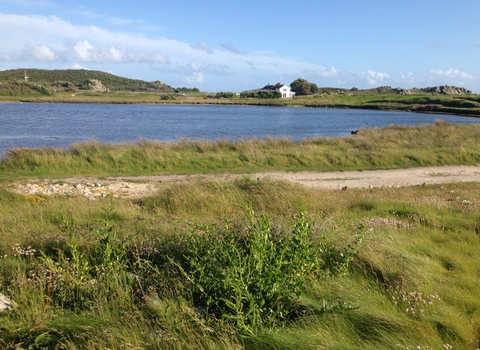Know before you go
Dogs
at the boat operator's discretion
When to visit
Opening times
Always open to explore by boat, landing is always prohibitedBest time to visit
Spring & SummerAbout the reserve
These isolated islands are completely exposed to the elements, being regularly battered by the Atlantic sea. The best way to experience them is by boat, and in the summer season there are regular wildlife safaris out to the area to explore. You'll get to see a range of seabirds, as well as grey seals and maybe even harbour porpoise.
The Norrad Rocks support ten species of breeding seabird, with Mincarlo being particularly important as it supports the largest colony of cormorants and puffins on Scilly, as well as being only one of four sites in the archipelago for breeding storm petrel. You might also spot fulmars, razorbills, guillemots and four species of gull. Away from the main islands, the isolated rocks and ledges also provide some of the most important breeding sites on Scilly for grey seals.
The constant exposure to salt spray and wild winds has limited the vegetation on the rocks, so that just six species of plants have been recorded including, tree mallow, thrift, sea beet, common scurvygrass and rock sea-spurrey.
As with all our breeding seabird colonies, peace, quiet and minimal disturbance is required. We carry out annual monitoring of our seabirds by boat, with a fuller survey every six years that requires landing. These vital surveys provide data, which can be used to ascertain the health of seabird populations around Scilly, the wider region and even nationally, plus reveal insights into health of our seas.
We also periodically monitor the grey seal population in the area. The Isles of Scilly are thought to be a key staging point for grey seals who move between the southwest coast of England and France. You can find out more about watching seals and seal surveys here.




